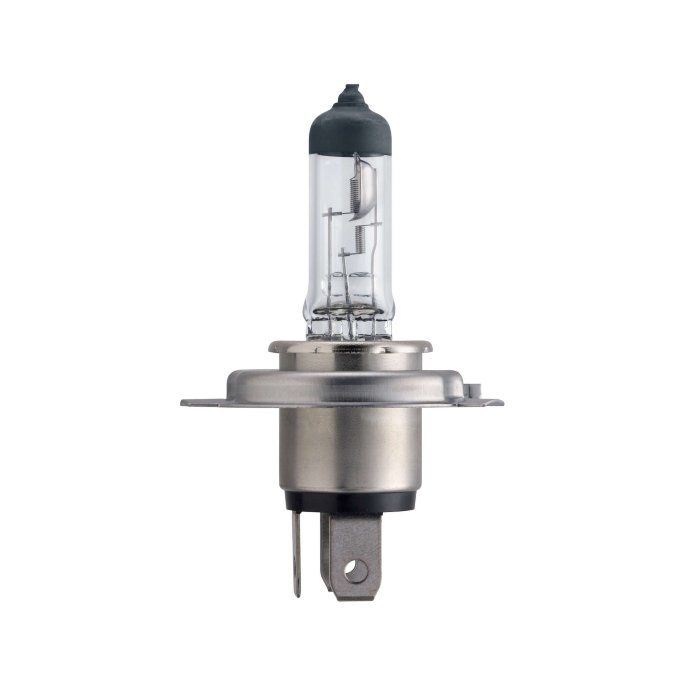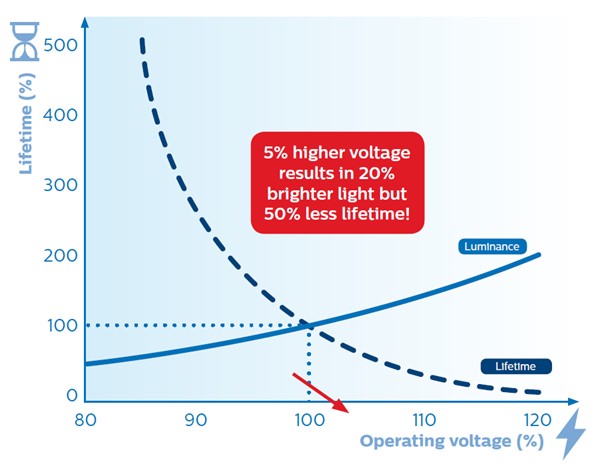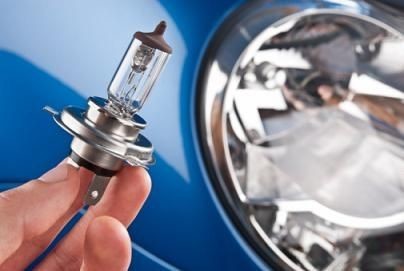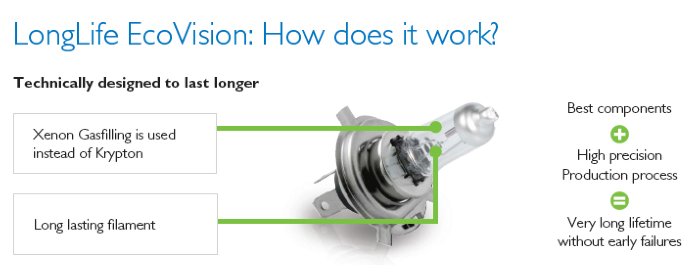
With shorter days there’s a noticeable increased use of car headlights, at least in the southern hemisphere during winter. But how long do Halogen bulbs last and what affects their lifetime?
Often there is a misconception that headlight globes last forever as people report never having changed a car headlight in their vehicle over the last ten years. While that statistic might seem impressive it tells another the story about the OEM quality and durability of the original part fitted. However, the reality is just like any other wear and consumable parts on the vehicle, headlight globes wear and fail over time then people often ask the question;
Typically, a halogen car headlight globe will last anywhere from 400 and up to 1,500 hours. However, there are many considerations that effect the lifetime of the globe. Unfortunately, there is no simple nor universal explanation to the question.
In an attempt to explain lifetime, a number of factors come into consideration for a halogen headlight globe;

It’s also important to understand manufacturers specifications as they apply a test voltage of 13.2V when determining globe performance and lifetime.
Most people believe that the voltage in a vehicle is 12V. In reality, the on-board voltage when the engine is running can be anywhere between 13.2 and 14.5V.
The above variables all contribute to lifetime but no matter if it’s a standard or a high performance globe, the lifetime of all halogen filament bulbs is strongly dependent on the operating voltage. Even at just 5% over-voltage (13.9V), the lifespan of a halogen light bulb will be cut in half and it’s important to remember that the voltage to the globe can vary significantly between automotive brands, models & even individual cars.
Modern vehicles today have a plethora of electronics, stop/start technology and smart alternators which can operate at peak voltages of up to 14.8 volts! Some vehicle makes have known high operating voltages which you may recognise when you are constantly changing bulbs for those vehicles in your workshop.
The reality and complexities of the issue mean there is no single answer, however there is a number of considerations that may help in selecting the best globe for your requirements.

If customers are looking for a higher performance globe that provides more light and increased vision on the road, then you should expect a reduced globe lifetime which could typically last anywhere up to 300-450 hours for the average user.
For drivers pleased with the original light output or are wanting to increase the interval in which they may need to change standard headlight globes then the best option is a standard replacement offering around 600 hours. Or if customers are looking for a longer lifetime bulb or you are looking to remedy a car that you see in your workshop that is continually blowing bulbs, fit Philips LongLife halogen bulbs. This is a great way to significantly improve lifetime at only a moderate increase in part cost. Philips LongLife EcoVision are ECE approved and deliver a superior lifetime compared to standard globes.
Another option is to fit an OEM quality LED, as lifetime in LED’s can be significantly more than Halogen options. However, there are number of issues to bear in mind with LED:

When choosing the appropriate option for your customer, you need to factor in the vehicle, its use, customer expectation and cost. Your headlights are one the most important safety feature you have on your vehicle, first you see, then you act. Investing in a quality globe has many benefits from reducing customer complaints to building business revenue for you workshop.
The Philips LongLife EcoVision and LED ranges are available from Burson, JAS, Baxters, NAPA & Ashdown Ingram stores. Visit www.philips.com.au/c-m-au/car-lights for more information.
This article is brought to you by Philips